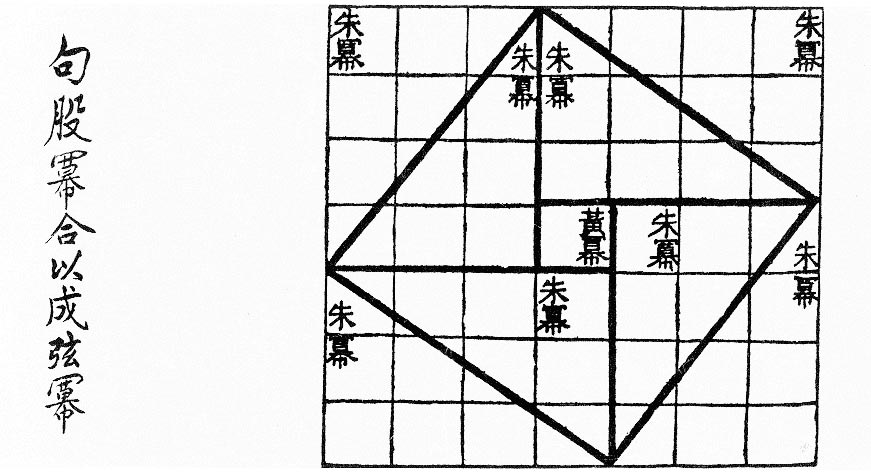Initially, I subtracted 9 from 15 to see the lowest number two others had to add to. Thus, I was able to see that 1,2; 1,2; 1,4; and 2,3 were not able to be in the same row, column, or diagonal. After this, I found that the only options for 1 are 1 + 5 + 9 and 1 + 6 + 8, meaning 1 couldn't be along the diagonal (which would require for at least 3 options). Initially, I put 1 in the second column of the first row:
Then, I tried placing 5, 9, 6, 8, in in the same row and column as 1 without much reasoning. After that, I filled in the rest of the box so that rows and columns added 15. However, I forgot to account for diagonals and ended up with 9 and 6 in the same column, which meant the sum was over 15. Then, I realized since 9,6; 9, 7 or 9, 8 couldn't be in the same column, row, or diagonal, when I arranged 5, 9, 6, 8 around 1, the only possible number that could fit in the middle was 5 (since 6 and 8 would end up in the same diagonal or column as 9 otherwise). That meant 9 had to go in the same column as 1 and 5, and I placed 6 and 8 in the same row as 1:
From here, I filled in the remaining diagonals, then the remaining two spaces to get my final answer:
I realized that this solution wasn't the only organization of the square because I made some arbitrary choices (i.e. putting 1 in the first row, second column instead of the 2nd row's first or third columns, or the last row's second column, and when placing 6 or 8 around 1).






